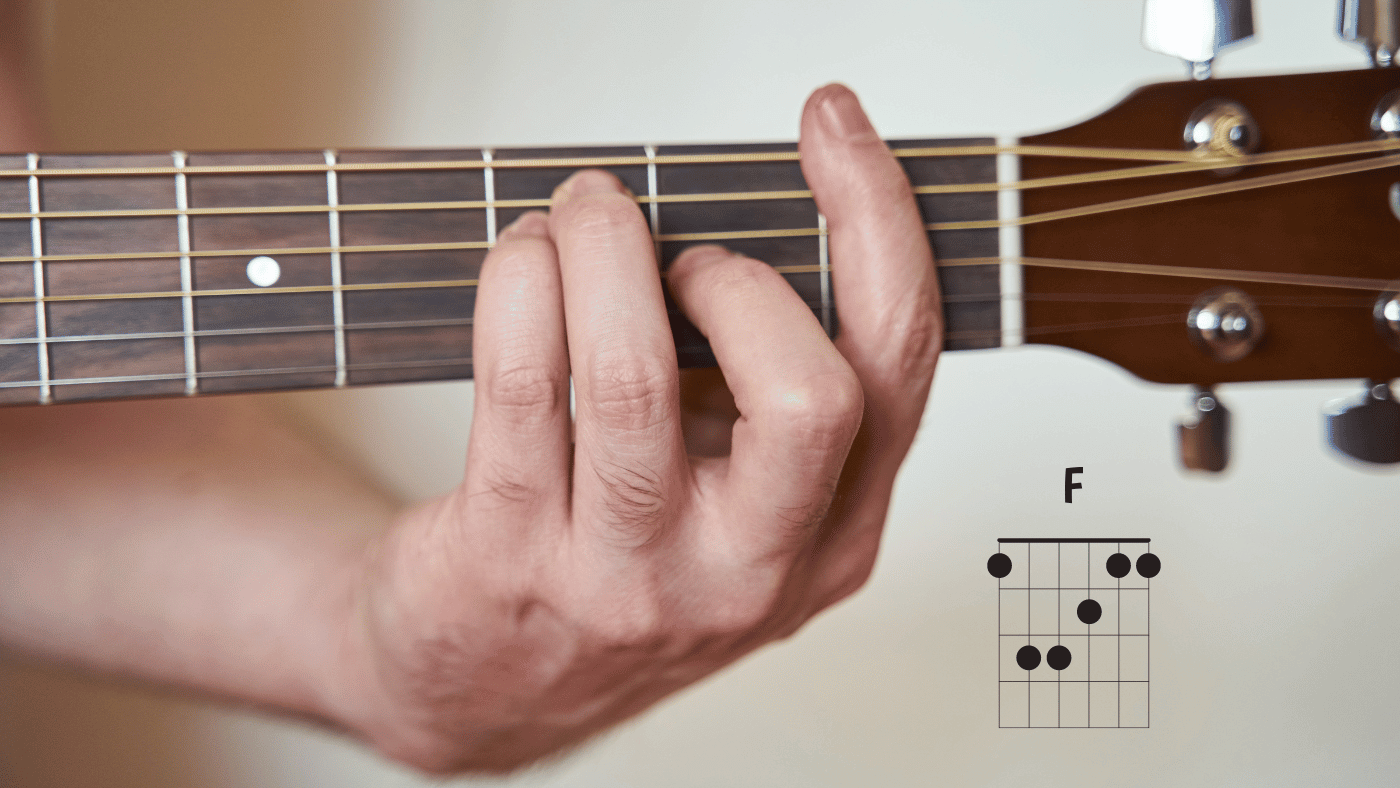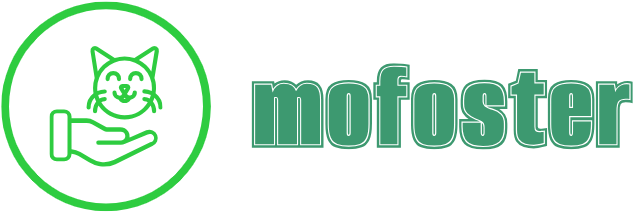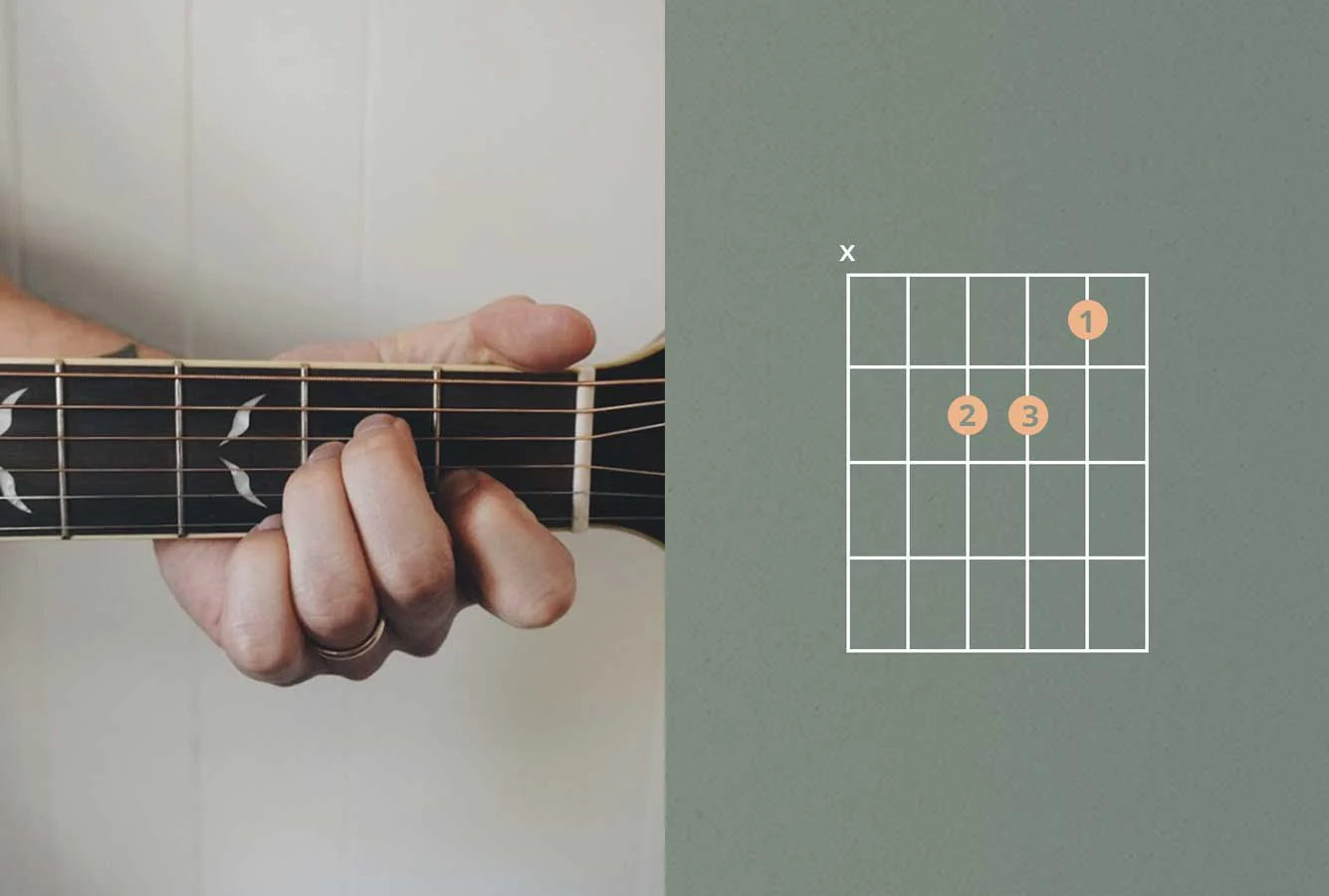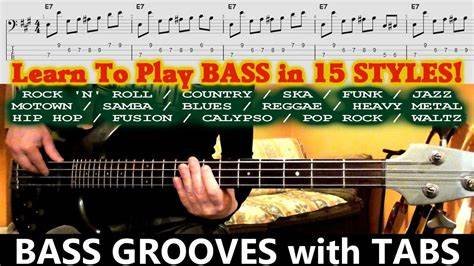Reading bass guitar tabs is an essential skill for any bassist. It allows you to play songs without having to read traditional sheet music. In this article, we’ll guide you through the basics and some helpful tips on reading bass guitar tabs so you can start playing your favorite songs with confidence.
Understanding Bass Guitar Tabs
To start, it’s important to understand what bass guitar tabs are. Tabs are a simplified way of notating music specifically for stringed instruments like the bass guitar. Unlike sheet music, which uses notes on a staff, tabs use a series of lines and numbers. Each line represents a string on the bass, and the numbers indicate which fret to play.
For example, in a standard tab, the bottom line represents the lowest string (E), and the top line represents the highest string (G). When you see a number on a line, you press that fret on the corresponding string. This makes reading bass guitar tabs straightforward and accessible for beginners.

Reading the Basics of Tabs
When learning about reading bass guitar tabs, you’ll encounter some basic symbols and conventions. Each tab has six lines representing the four strings of a standard bass guitar (E, A, D, G) with the bottom line being the E string. The numbers on these lines tell you which fret to press down. For example, if you see a “3” on the E string line, it means you should press down the third fret on that string.
If you see two numbers stacked vertically, it indicates that you should play those notes simultaneously, which is often the case in chords. Other symbols you might encounter include “x” for a muted note and “0” for an open string.
Counting and Timing in Tabs
While reading bass guitar tabs primarily focuses on which notes to play, it’s also important to consider timing. Unfortunately, tabs do not indicate rhythm as clearly as traditional notation. However, you can usually find the rhythm indicated in the song or listen closely to the track you’re playing along with.
Paying attention to the song’s structure—such as verses, choruses, and bridges—will help you keep track of when to play each section. As you become more familiar with reading bass guitar tabs, you’ll develop a better sense of timing and rhythm.
Using Tablature Resources
There are numerous resources available for learning how to read bass guitar tabs. Websites dedicated to guitar and bass music often have extensive libraries of tabs for popular songs. You can also find mobile apps that provide interactive tabs, allowing you to hear the song while following along.
Additionally, YouTube has countless tutorial videos that break down songs and show you how to play them using tabs. These resources can enhance your understanding of how to read bass guitar tabs and improve your playing.
Practice Makes Perfect
As with any skill, practice is crucial when it comes to reading bass guitar tabs. Start by choosing simple songs that you enjoy. Focus on reading the tabs and playing along with the music. As you become more comfortable, gradually progress to more complex songs.
Consider keeping a practice journal to track your progress. This will help you identify areas where you need improvement and celebrate your achievements as you learn to read bass guitar tabs.
Learn Common Patterns
Another effective way to improve your tab reading skills is to learn common patterns and techniques used in bass playing. Many songs use similar bass lines or riffs that repeat throughout. By recognizing these patterns, you’ll be able to read bass guitar tabs more quickly and efficiently.
Additionally, understanding basic music theory, such as scales and chord progressions, can enhance your ability to read tabs. Knowing which notes belong to which chords can help you anticipate what to play in a song.
Play Along with Others
Playing along with other musicians is a great way to enhance your skills in reading bass guitar tabs. Join a band, participate in jam sessions, or find online communities where you can connect with other musicians. Playing with others exposes you to different playing styles and helps you become more comfortable with reading tabs in real-time.
Stay Patient and Persistent
Learning how to read bass guitar tabs takes time and dedication. It’s normal to feel frustrated at times, especially when you encounter challenging pieces. Stay patient and persistent in your practice. The more you work at it, the better you’ll become at reading bass guitar tabs and playing your favorite songs.
Seek Feedback
Don’t hesitate to seek feedback from other bassists or music instructors. They can offer valuable insights into your playing technique and help you improve your tab reading skills. Constructive criticism can accelerate your growth as a musician and give you new perspectives on your practice.
Conclusion
In conclusion, reading bass guitar tabs is an essential skill that opens up a world of music for any bassist. By understanding the basics, practicing regularly, and utilizing available resources, you can master this skill. Remember to be patient and enjoy the journey of learning. With dedication, you’ll be playing along with your favorite songs in no time.







